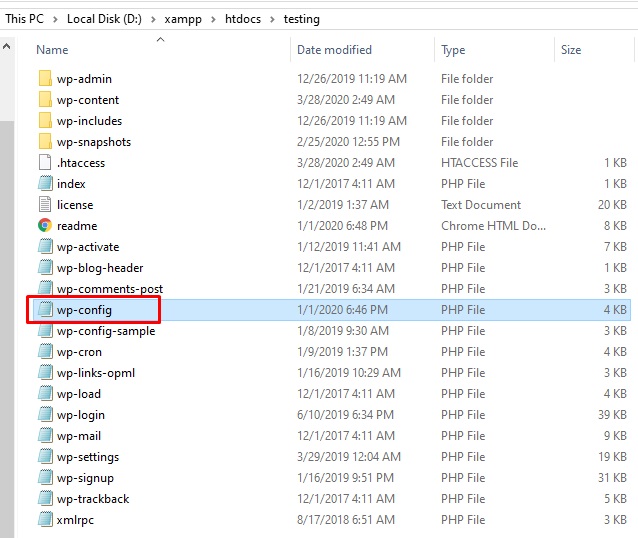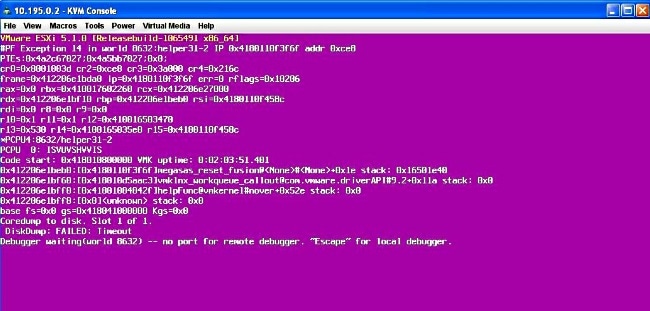

You can navigate through your library using the arrow keys. Once you have selected the files, CMUS will scan them and add them to your library. This will open a file browser that allows you to select the audio files you want to add to your library. To add your audio files to the library, press the "5" key on your keyboard. The library view is where you can browse your audio library. You should see the CMUS interface, which consists of three main sections: the library view, the playlist view, and the status bar. To start CMUS, open a terminal and type the following command − cmus
#Cmus config location how to#
Now that we’ve installed CMUS, let’s take a look at how to use it.
#Cmus config location install#
Navigate to the extracted directory and run the following commands to compile and install CMUS − cd cmus-2.8.0.
#Cmus config location archive#
Once the download is complete, extract the archive to a directory of your choice − tar -xzvf cmus-2.8.0.tar.gz

Next, download the latest version of CMUS from its official website. To do this, run the following command − sudo apt-get install libasound2-dev libncursesw5-dev libavformat-dev libmp3lame-dev Step 1: Install Dependenciesīefore you can compile and install CMUS, you need to install some dependencies. If you’re using Fedora or CentOS, you can use the following command − sudo dnf install cmusĪlternatively, if you prefer to compile and install the latest version of CMUS, you can do so by following the steps below. For instance, if you’re using Ubuntu or Debian, you can use the following command to install CMUS − sudo apt-get install cmus This means that you can install it using your package manager of choice. You can add plugins for additional features, such as last.fm scrobbling and lyric display.īefore we get started with the installation process, it’s worth noting that CMUS is available in most Linux distributions’ package repositories. Plugin support − CMUS has a plugin system that allows you to extend its functionality. You can add and remove files, create playlists, and search for songs. Library management − CMUS allows you to manage your audio library with ease. Gapless playback − CMUS supports gapless playback, which means that there is no pause or delay between tracks. Supports various audio formats − CMUS supports a wide range of audio formats, including MP3, FLAC, OGG, WAV, and more. For instance, you can change the color scheme, the key bindings, and the layout of the UI.

Lightweight and fast − CMUS is a console-based audio player that requires minimal system resources, making it an ideal choice for older or less powerful hardware.Ĭustomizable − You can customize the interface and behavior of CMUS to suit your preferences. Features of CMUSĬMUS comes packed with features that make it a popular choice among Linux users. We’ll also provide you with some tips and tricks to help you get the most out of this powerful audio player. In this article, we’ll explore the features of CMUS and walk you through the steps for installation and usage. CMUS is a lightweight, console-based audio player for Linux, with a simple and intuitive interface that makes it easy to use. One such audio player is the CMUS (C* Music Player). As a Linux user, you may have come across a wide range of audio players, each with its own unique set of features and functionality.


 0 kommentar(er)
0 kommentar(er)
